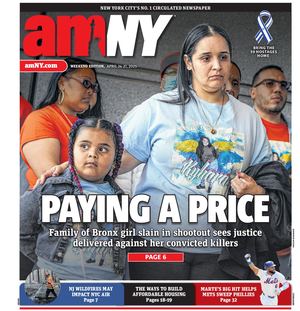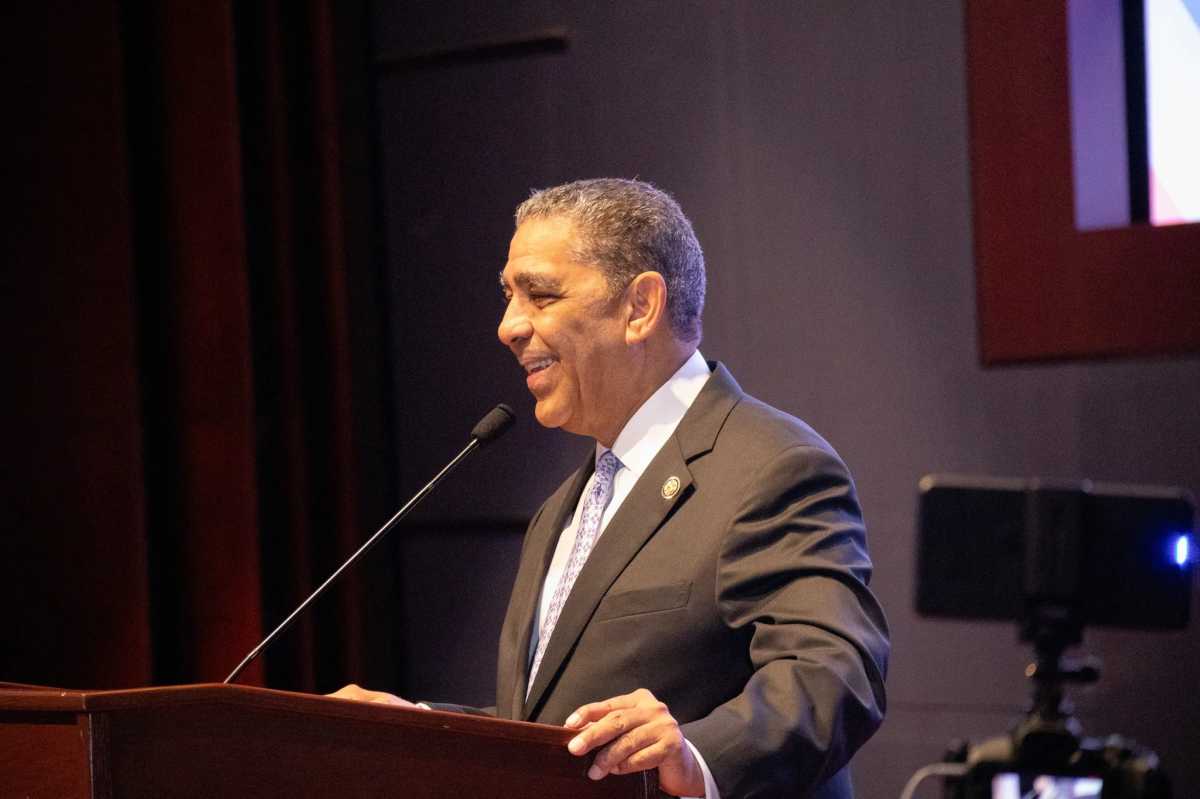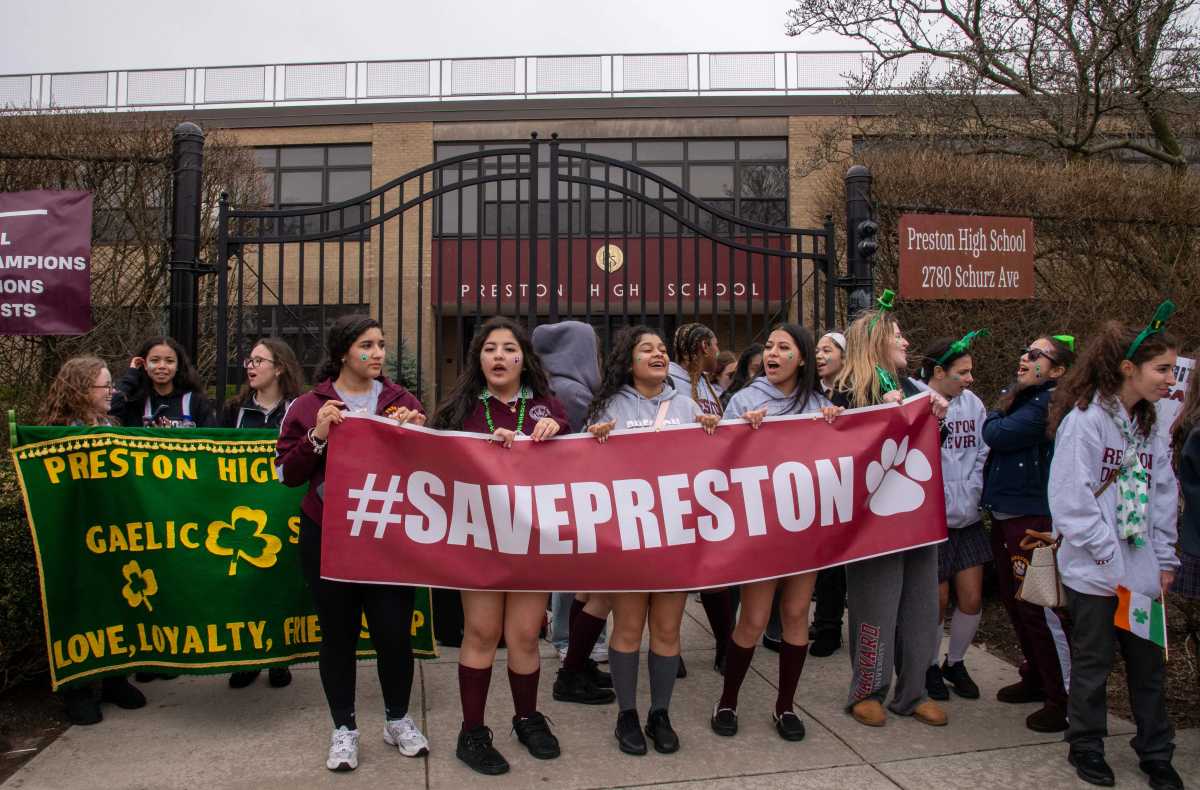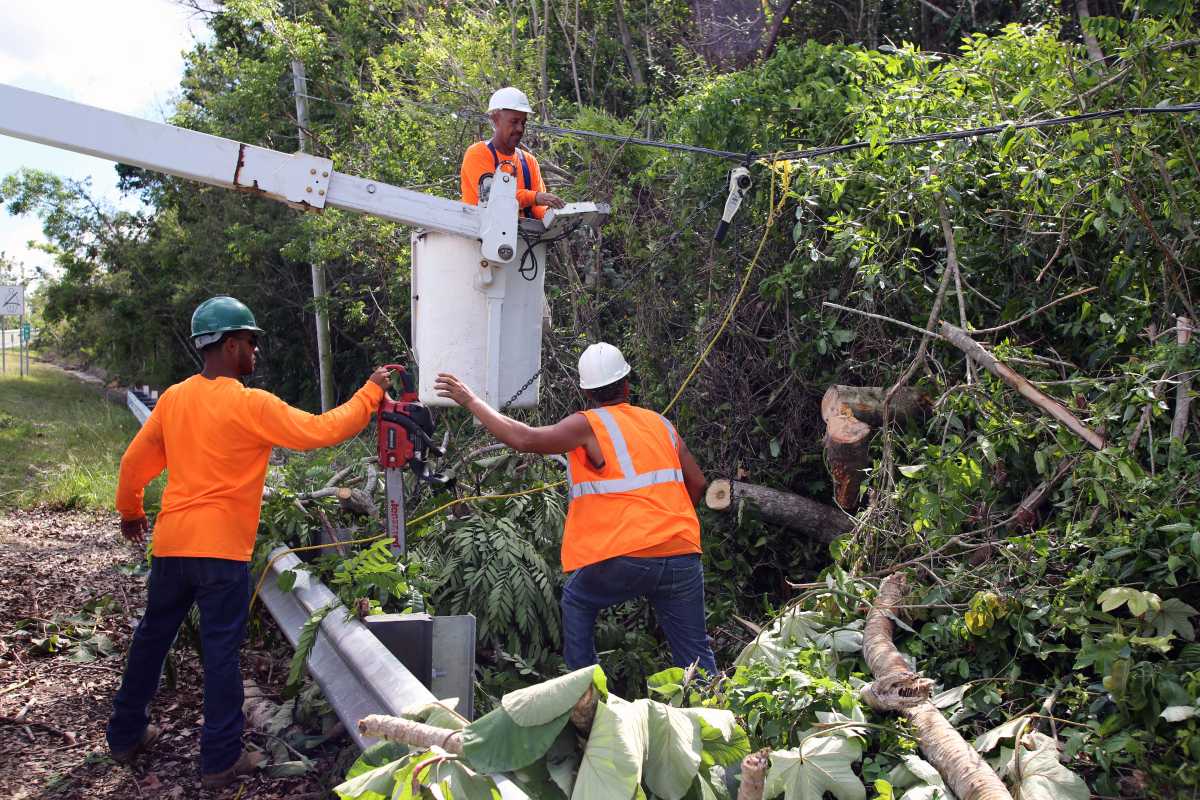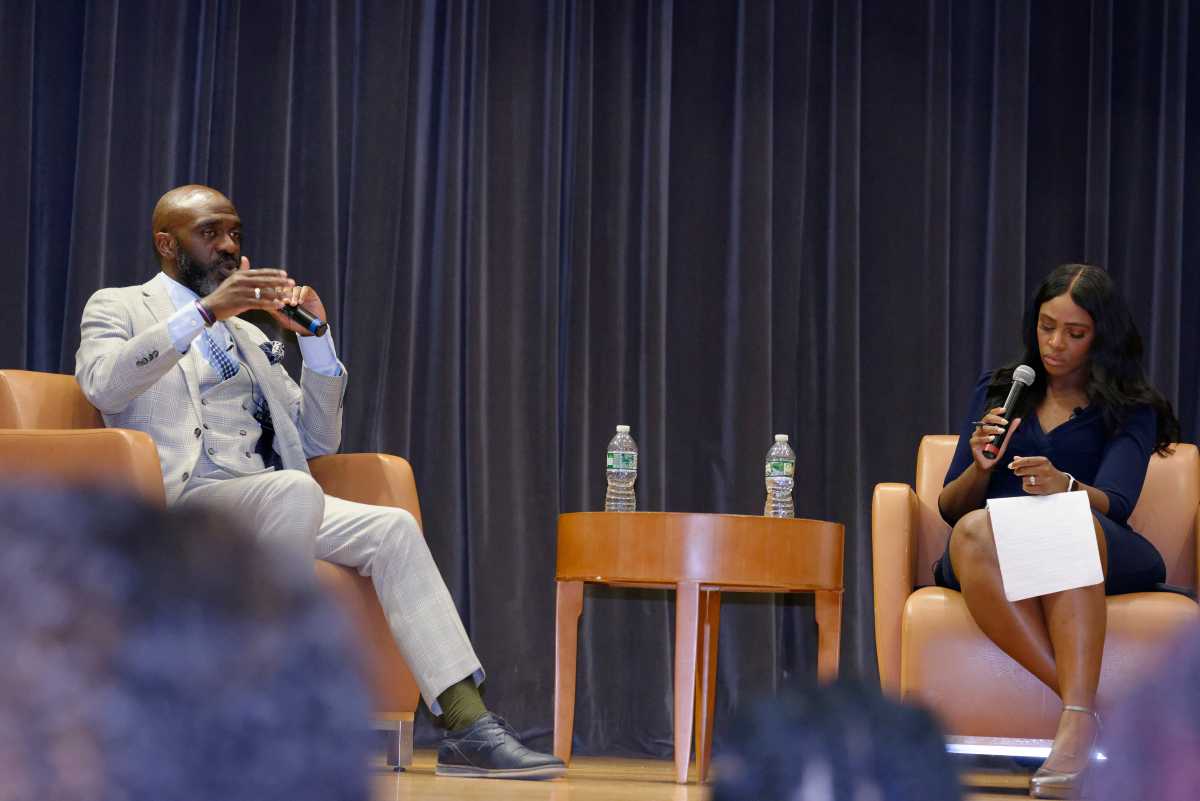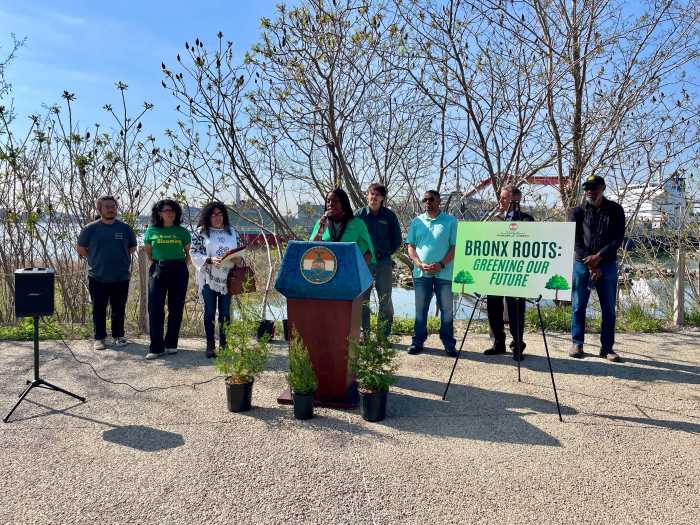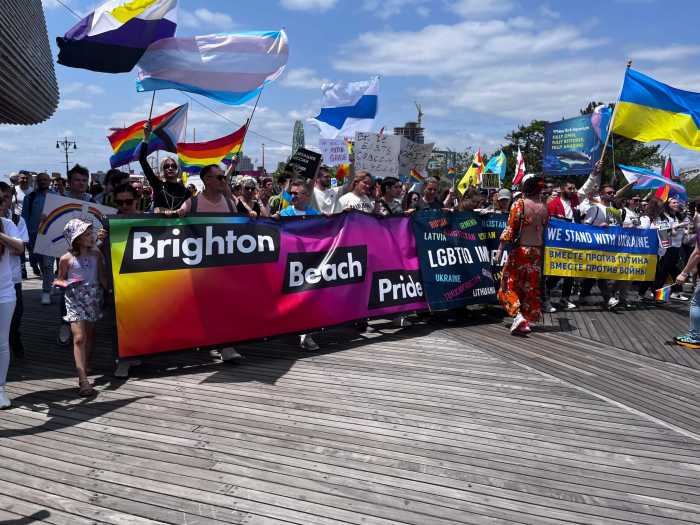
Nearly 4,300 units of subsidized housing were planned in the Bronx last year, the highest count recorded in the borough president’s annual development report since 2009.
But none were slated for the most northern or eastern neighborhoods in community districts 8, 10, 11 and 12, from Riverdale to City Island and Throggs Neck.
“This gets to . . . how can you get affordable units into more exclusive neighborhoods,” said Chris Walters, the rezoning technical assistance coordinator at the advocacy group the Association for Neighborhood Housing and Development. “They can’t force folks here to be taking (subsidies).”
Higher property values, less vacant land and zoning that largely prohibits bigger residential buildings have all been hurdles to bringing more subsidized homes into the northern and eastern Bronx, according to Walters and other housing experts.

Bronx Borough President Ruben Diaz Jr.’s office tracks development when companies apply to verify, alter or get a new postal address, which must happen before construction begins on new or substantially renovated units, according to the office’s director of planning and development, James Rausse.
Rausse said most applicants begin work during the same calendar year that they submit postal address forms. Any company taking city or state assistance, which is offered in exchange for renting or selling units at below market-rate, is considered subsidized, according to Rausse.
City officials have argued they focus on southern and central neighborhoods in community districts 1 through 6 because residents there have the greatest needs, Rausse said.
The Department of Planning referred questions to the Department of Housing Preservation and Development, which did not respond to comment requests.
“We feel that every community needs to do their fair share,” Rausse said. “We should be really looking to, again, spread it out geographically, in a way that . . . doesn’t drastically change the neighborhood character, while offering opportunities for everyone.”
Historically, there has been more vacant land in southern neighborhoods. In some of these areas, developers have needed subsidies to make projects financially viable based on the surrounding market rent rates, according to Robert Nelson, president of Nelson Management Group. That reliance has not been as widespread in northern neighborhoods, he said.
“The most important thing is, can you make it work for the time and energy and risk that goes into the work of development of residential housing?” Nelson said. “Can you make the numbers work? And I think that’s the answer.”
Economics aside, many northern neighborhoods have zoning that prohibits larger residential buildings that tend to be able to offer affordable units.
The city has changed the rules to allow for larger buildings along a stretch of White Plains Road and Williamsbridge Road, but development has been slow, according to Rausse.
“It’s a very vocal community, so you’re under a lot of scrutiny,” Rausse said of Morris Park, near Williamsbridge Road.
Bronx housing data by Nicholas Loffredo on Scribd
The greatest amount of private residential development in the borough — 533 new or substantially renovated units — was planned for community district 5, which includes University Heights, Morris Heights, Mount Hope and South Fordham, according to the borough president’s data.
The city recently rezoned Jerome Avenue, which runs through that area and the community district just south of it, where the borough president’s data envisions 425 new or revamped private units in Mt. Eden, Highbridge, Concourse and Concourse Village.
City planning paperwork shows that from 2005 to 2015, 80 percent of all new multifamily housing units in the two community districts were subsidized affordable units — a trend the city expected to continue after zoning changes.
Rausse said the borough president’s team would be monitoring those areas, where its data shows that more private units are currently planned than subsidized ones.
“It’s definitely cause for attention,” Rausse said, noting there had been a spate of predatory equity activity in the market, which he said has started to die down.
New or substantially renovated units planned in 2017:
* 3,080 privately developed borough-wide
* 4,299 subsidized borough-wide
* 533 privately developed in Community District 5 (University Heights, Morris Heights, Mount Hope and South Fordham)
* 258 subsidized in Community District 5 (University Heights, Morris Heights, Mount Hope and South Fordham)
* 425 privately developed in Community District 4 (Mt. Eden, Highbridge, Concourse and Concourse Village)
* 397 subsidized in Community District 4 (Mt. Eden, Highbridge, Concourse and Concourse Village)
Note: All data came from the Bronx Borough President’s Office.
